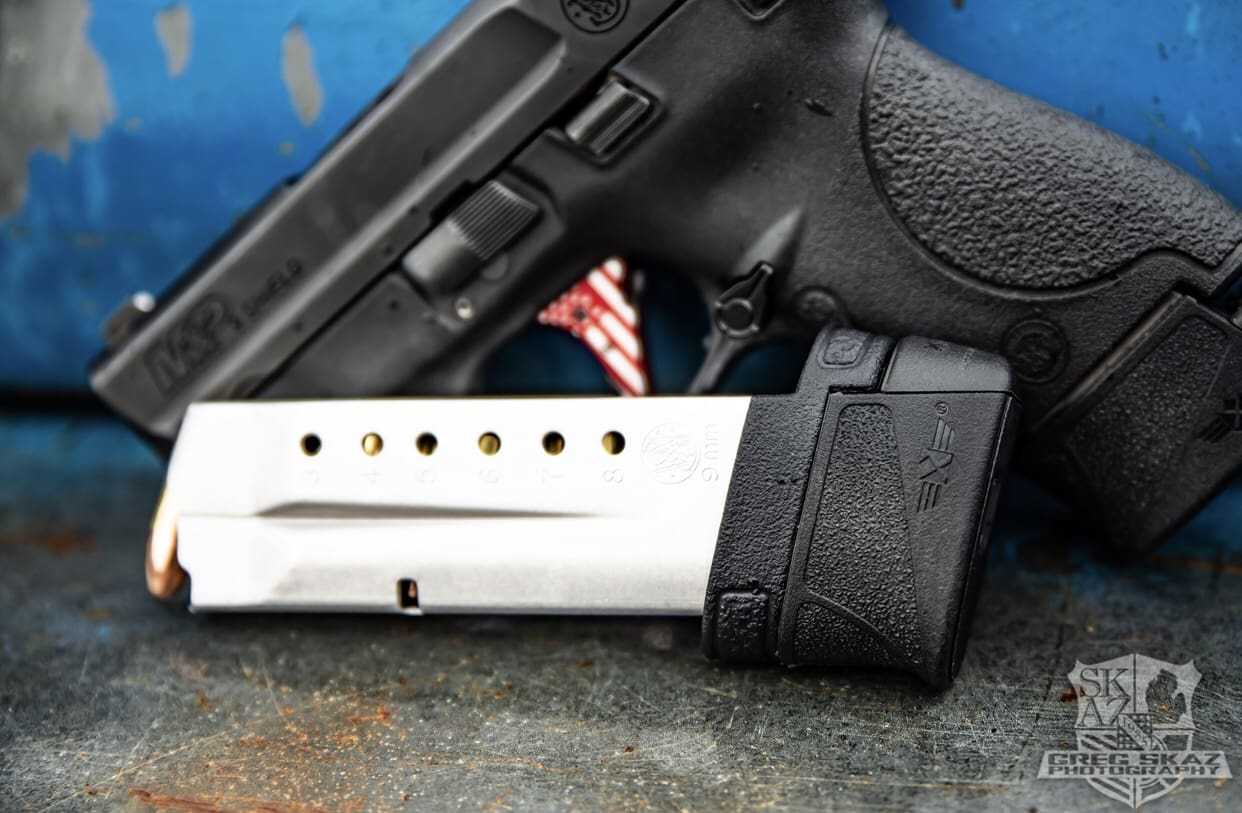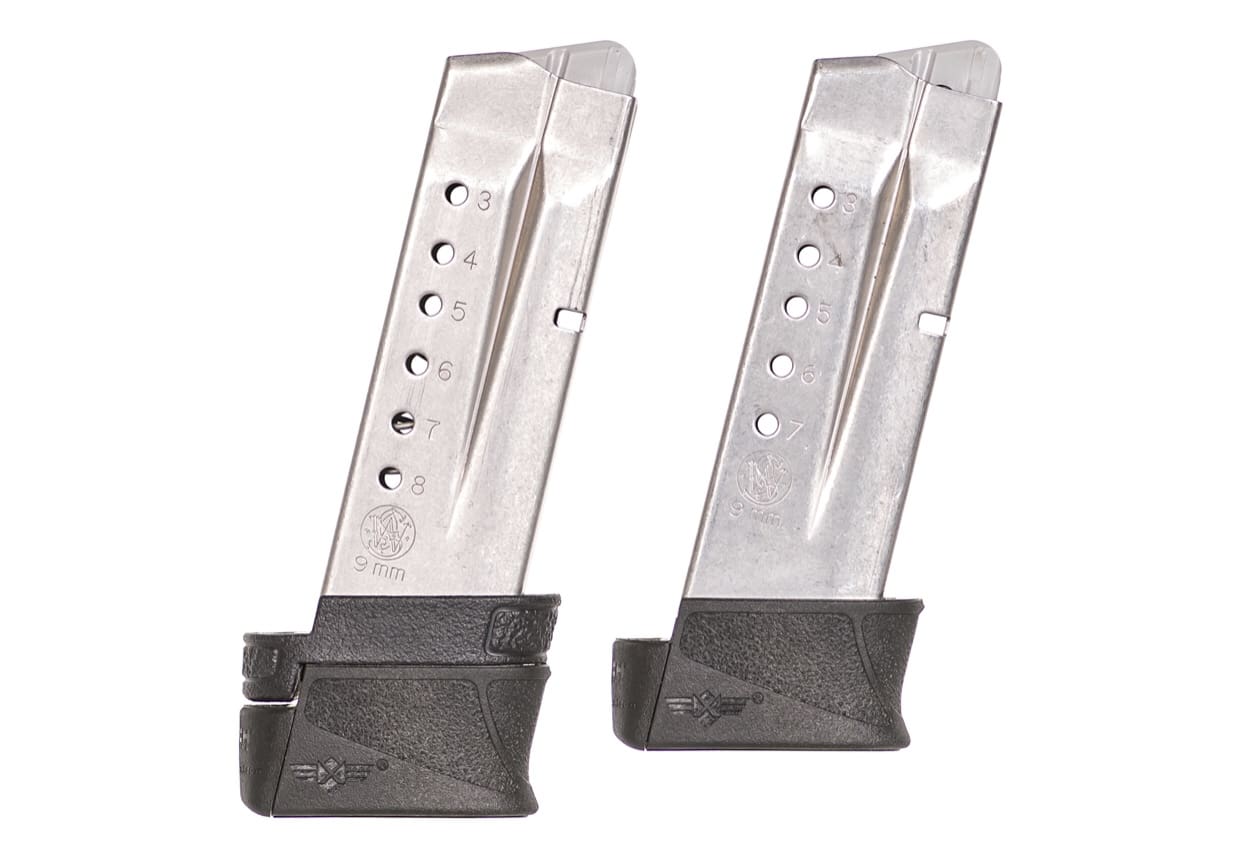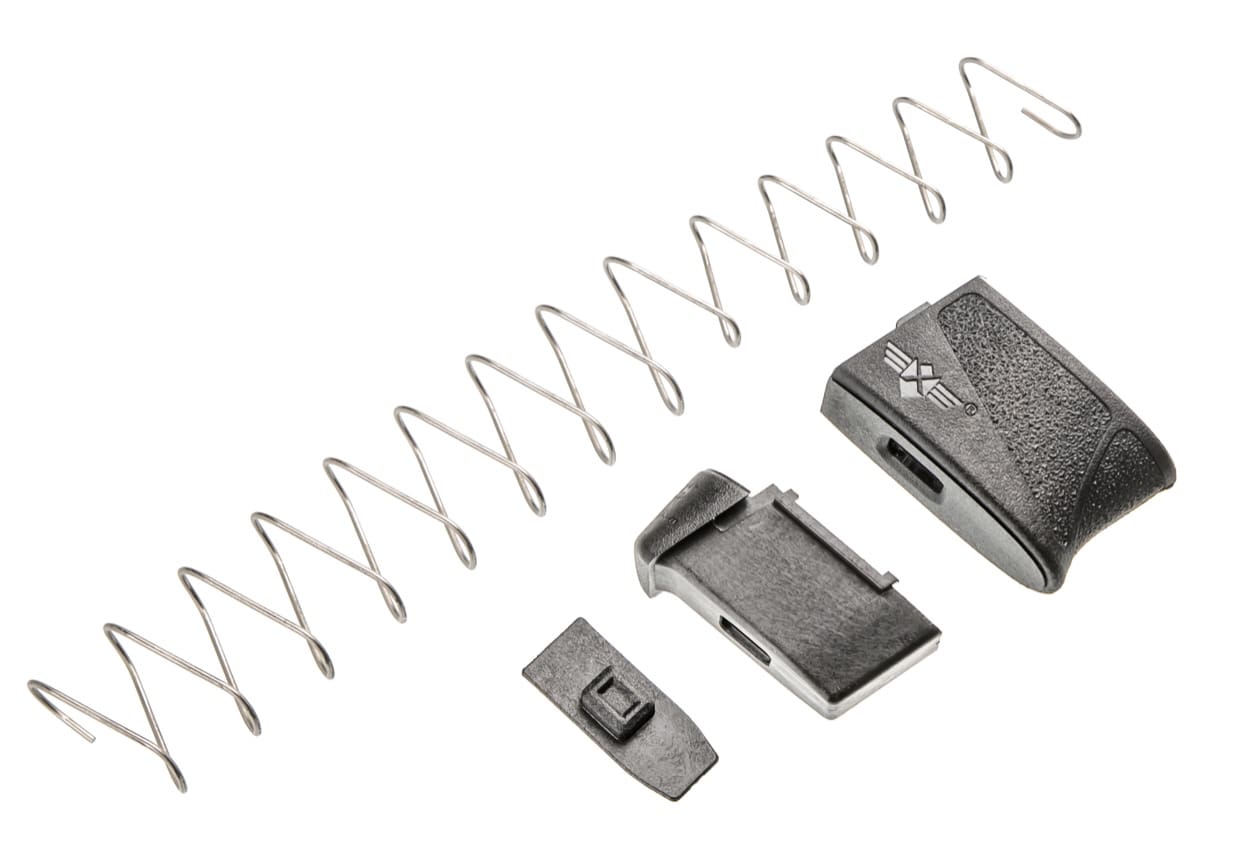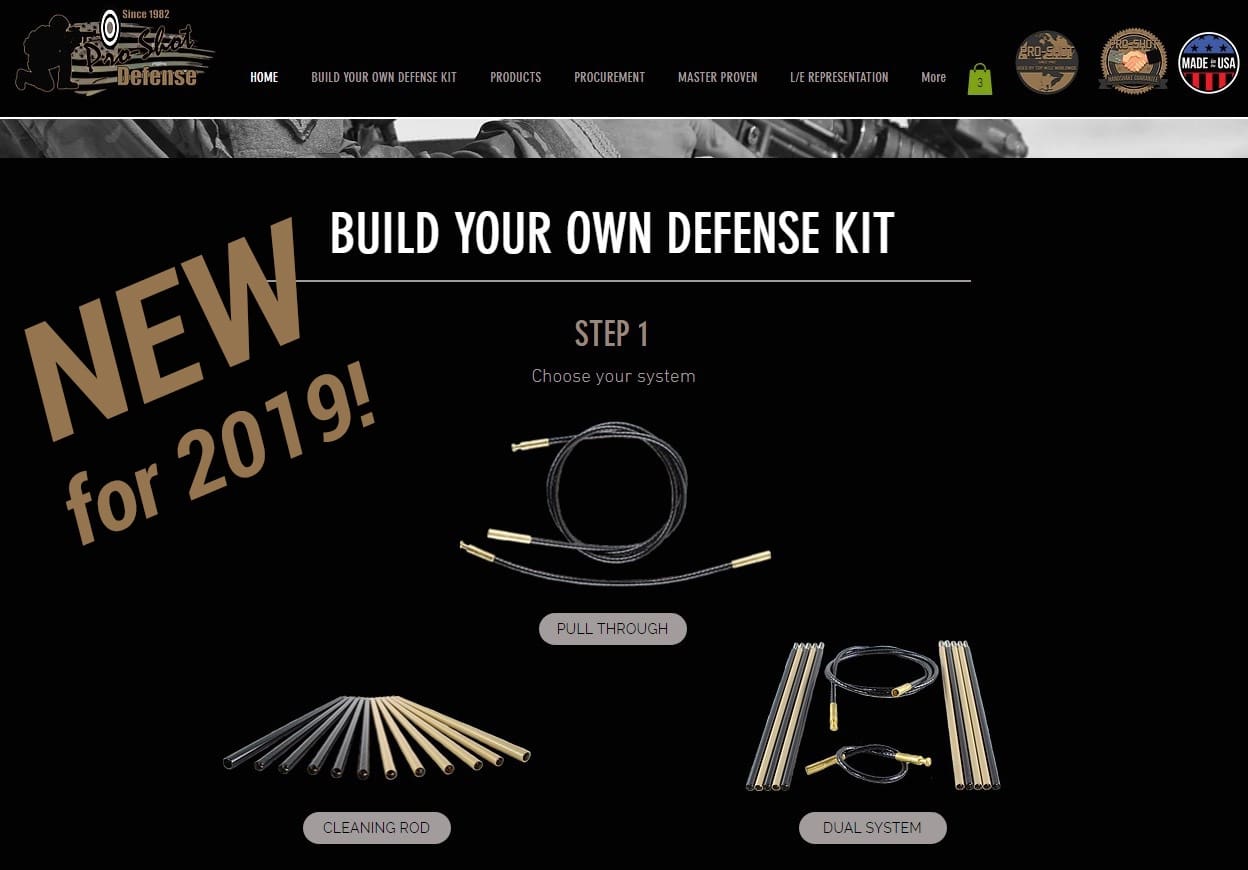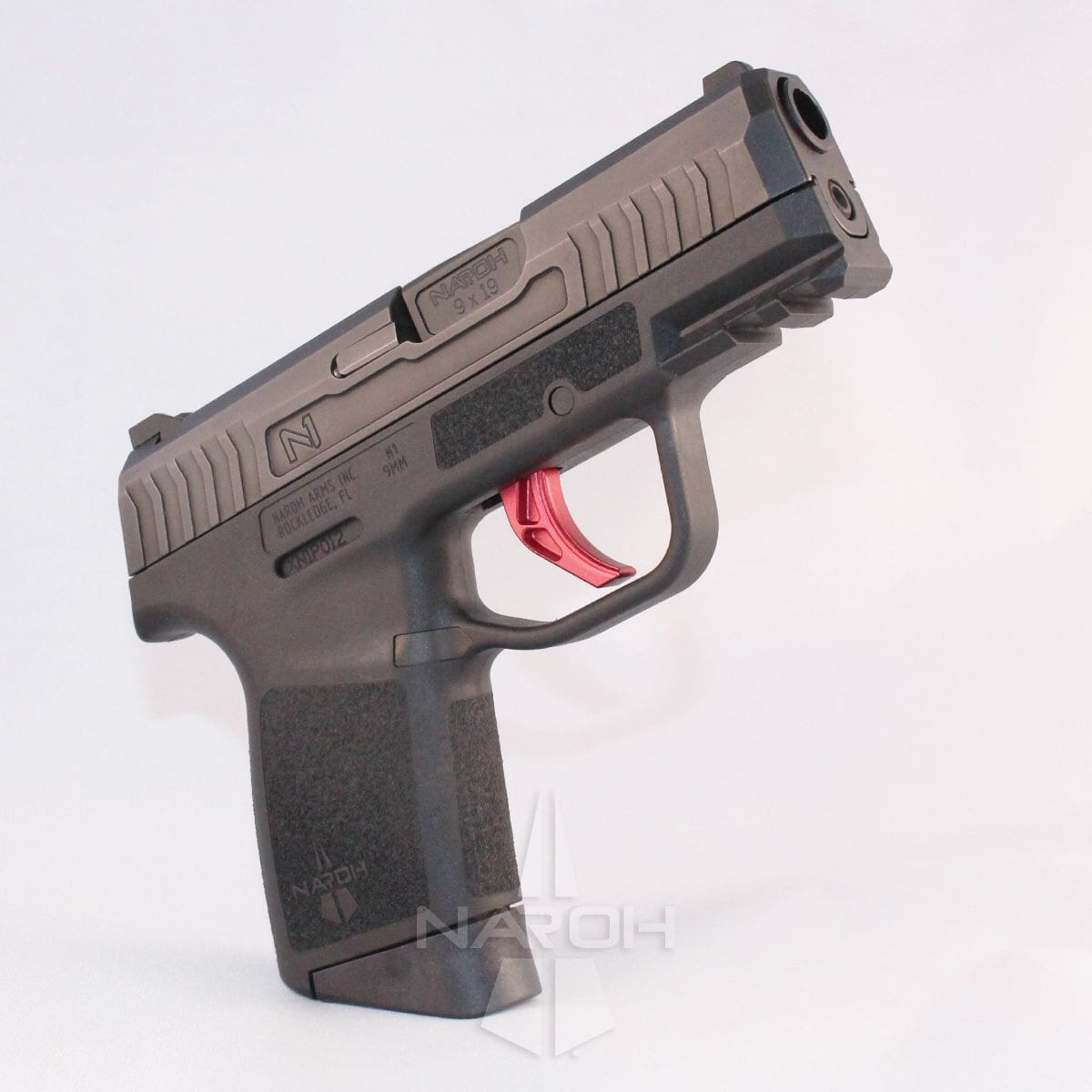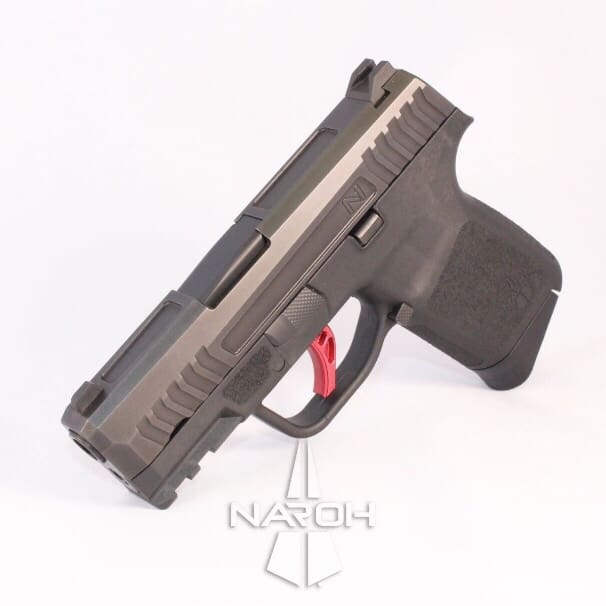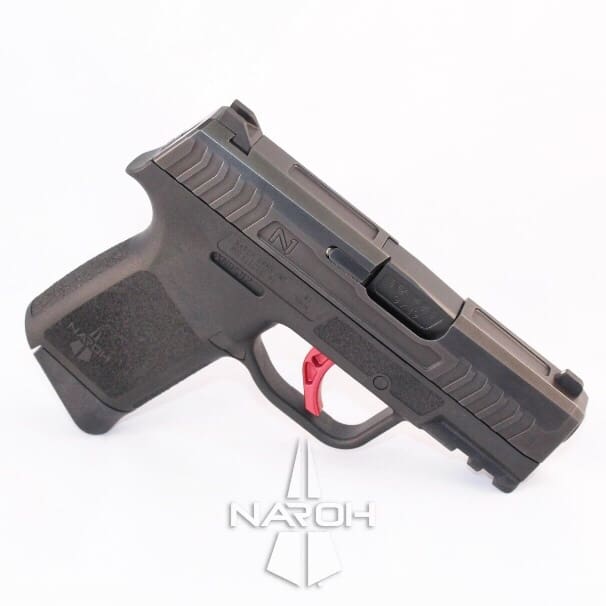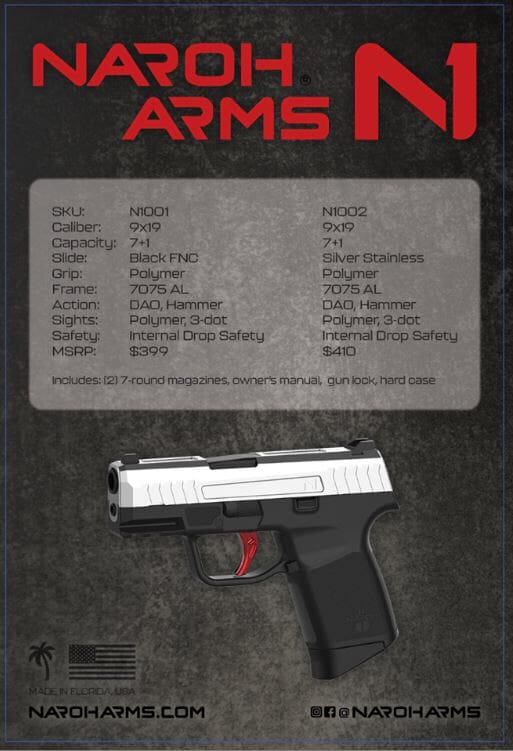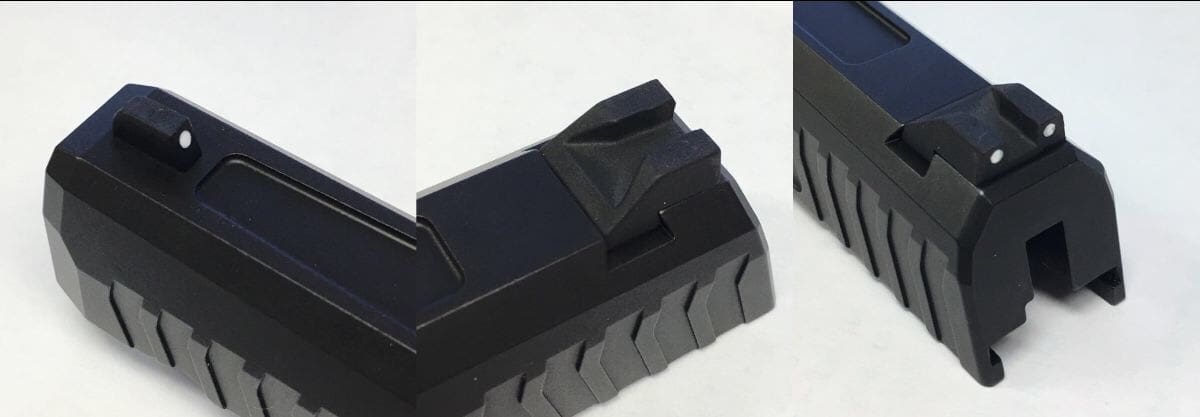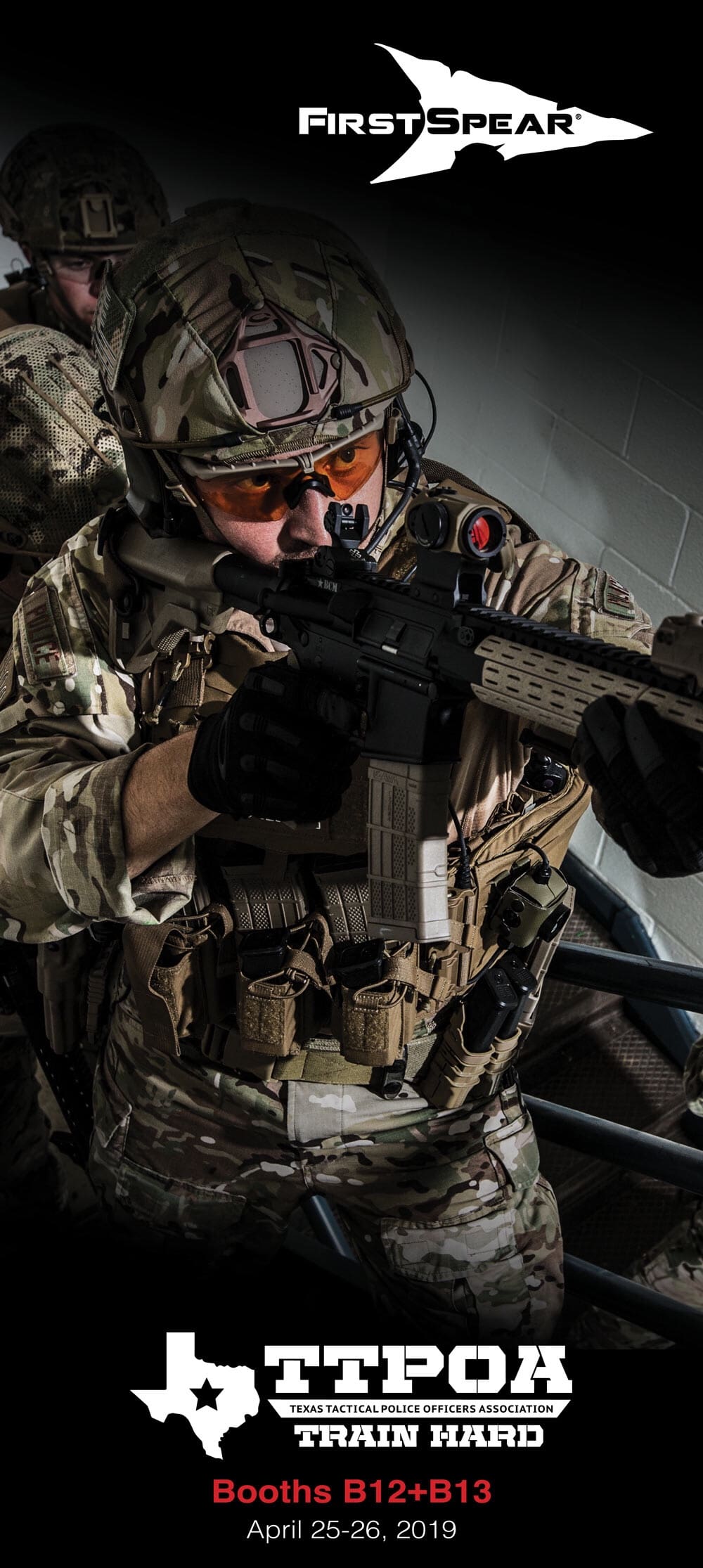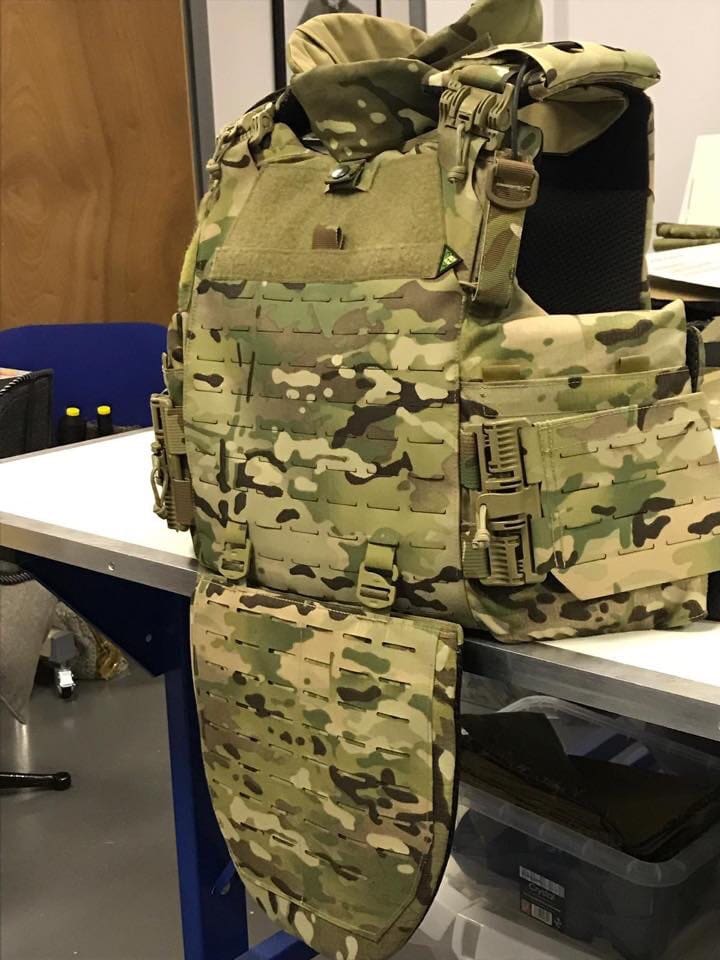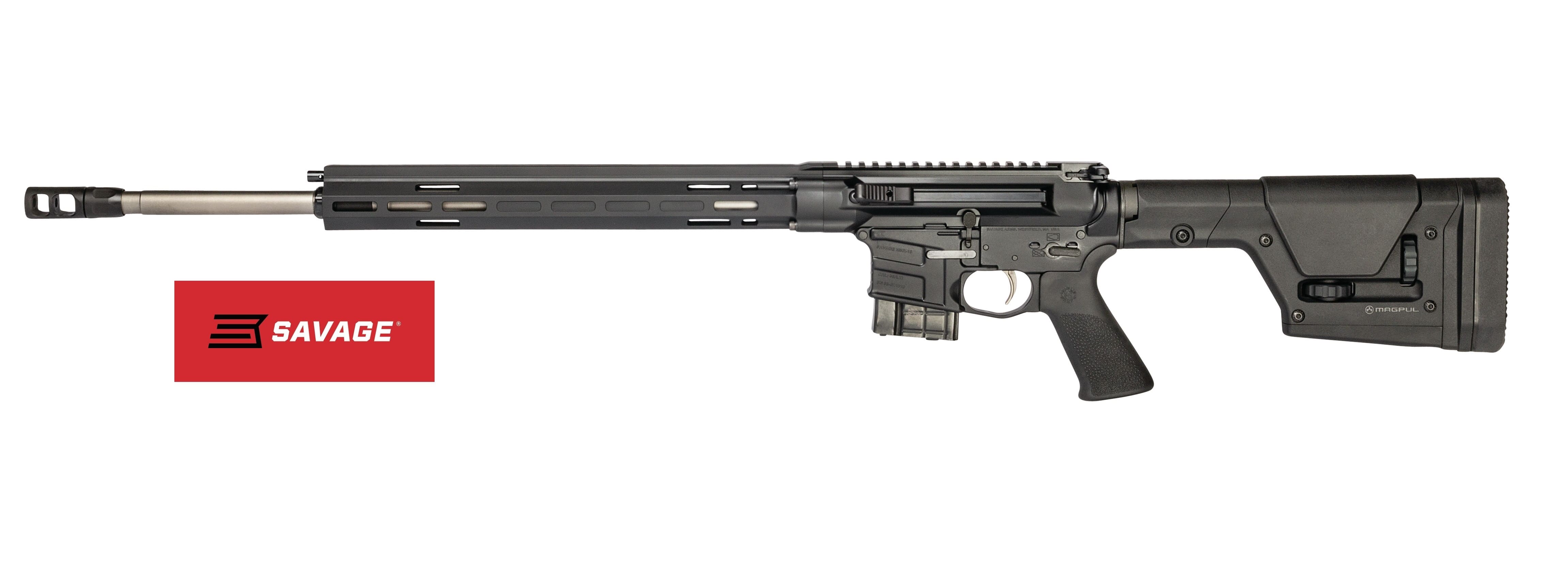
WESTFIELD, Massachusetts – April 17, 2019 – At any distance, there’s no match for Savage’s new MSR 15 Long Range. The feature-rich modern sporting rifle is purpose-built to make long shots count with the kind of pinpoint precision other platforms can’t touch. This popular long-range model was introduced to dealers in 2018, additional shipments continue to feed the marketplace.
Savage engineers tuned barrel length specifically for the 224 Valkyrie cartridge to achieve peak accuracy at extreme range. Plus, the MSR 15 Long Range barrel is topped with a two-port muzzle brake mounted with Savage’s proprietary taper-lock interface. The brake allows shooters to adjust recoil impulse and stabilize the muzzle for faster, more accurate follow-up shots.
The new MSR 15 Long Range also features a custom-length gas system that’s paired with a low-profile adjustable gas block and enclosed by a true free-float handguard. The gas block can be adjusted for optimum cycling of the full range of bullet weights and fine-tuned for use with a suppressor.
Features & Benefits
• 22-inch stainless Savage barrel
Nickel-boron bolt carrier
• Custom-length gas system
• Custom-forged upper and lower receivers
• Low-profile adjustable gas block
• Non-reciprocating side charging handle
• Two-port muzzle brake with taper-lock interface
• Two-stage trigger
• Free-float handguard with M-LOK
• Hogue Pistol Grip
Part No. / Description / MSRP
22947 / MSR 15 Long Range, 224 Valkyrie, 22-inch barrel / $1,849
Learn more about Savage and the extensive features and benefits of its new MSR modern sporting rifles at: www.savagearms.com.



